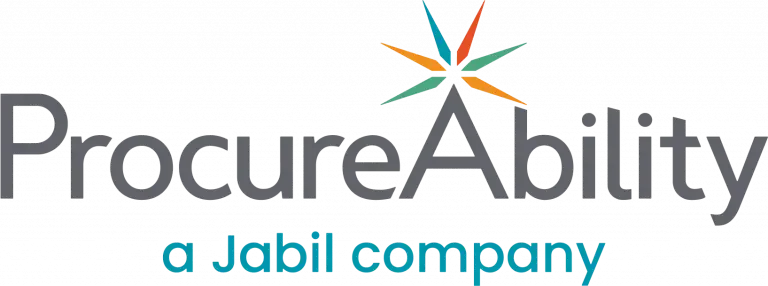
Global organizations are accelerating digital transformation. This is not only to reduce operating costs but also to increase efficiency and adapt to fast-changing market demands. In this context, a key component of this shift involves adopting digital procurement solutions. These are technology platforms designed to automate and streamline the entire source-to-pay (S2P) process. As a result, procurement is evolving from manual, paper-based workflows to integrated, cloud-based systems. This transition allows teams to focus less on tactical tasks. Instead, they can devote more time to strategic sourcing, supplier collaboration, and value creation.
What is Digital Procurement?
In simple terms, digital procurement refers to the use of cloud-based tools to manage procurement activities electronically in a business-to-business (B2B) environment. By replacing outdated, email- or spreadsheet-driven processes, these platforms provide full visibility while enabling automation across sourcing, contract management, purchase orders, invoicing, and reporting.
Common Modules in Digital Procurement Systems:
Most providers offer a modular approach, which allows organizations to select the tools that best fit their business needs. For example, common modules include:
- Sourcing event management
- Supplier onboarding and master data management
- Contract lifecycle management
- Requisition and purchase order management
- Invoice processing and approval workflows
- Spend analytics and reporting dashboards
Whether implementing a full S2P suite or choosing a best-of-breed toolset, digital procurement systems integrate with ERP platforms so that organizations can achieve end-to-end procurement automation.
Key Benefits of Digital Procurement
Transitioning to a digital procurement solution brings measurable benefits across the procurement lifecycle, including but not limited to:
1. Process Automation: By automating routine tasks, such as approvals, order creation, and invoice matching, organizations reduce cycle times and improve compliance.
2. Cost Savings: Built-in monitoring tools help enforce contract terms, identify maverick spend, and reduce overhead through standardized purchasing.
3. Strategic Sourcing Enablement: With manual work minimized, procurement professionals can shift focus toward category strategy, supplier relationship management, and total cost of ownership (TCO) analysis.
4. Improved User Experience: Guided buying interfaces and intuitive workflows simplify the requisition process for business users, reducing support needs while increasing adoption.
5. Enhanced Spend Visibility: Centralized data and real-time dashboards provide procurement leaders with complete transparency into spend patterns, supplier performance, and savings opportunities.
6. Increased Organizational Agility: With real-time data and standardized processes, teams can respond more quickly to supply chain disruptions, regulatory changes, or new sourcing priorities.
Best Practices for Procurement Software Implementation
Although digital procurement platforms offer powerful capabilities, success depends on careful planning and effective change management. Therefore, to avoid common pitfalls and maximize long-term value, organizations should:
1. Assess the Current Procurement Landscape: Understand existing tools, processes, and pain points before selecting a solution. This ensures alignment with future-state goals.
2. Define Procurement Objectives and KPIs: Align the implementation with strategic objectives such as increasing spend under management, improving supplier performance, or reducing sourcing cycle times.
3. Scope the Right Modules: Choose modules based on immediate business needs. For instance, if invoice processing is a primary pain point, focus on procure-to-pay automation first. Then, expand to sourcing or contract management later.
4. Plan for Supplier Onboarding: Supplier enablement is critical for adoption. Therefore, ensure key suppliers are onboarded to maintain accurate data, seamless transactions, and ongoing collaboration.
5. Invest in Change Management and Training: People drive success. By providing training and building awareness across stakeholders, organizations can increase system usage and maximize ROI.
Unlocking Strategic Value Through Digital Procurement
Ultimately, today’s procurement organizations must operate faster, smarter, and more strategically. Digital procurement solutions enable this by streamlining source-to-pay workflows, increasing spend visibility, and empowering teams to focus on long-term value creation rather than transactional processing. Moreover, by taking a phased, strategic approach to procurement software implementation, companies can build a more agile and resilient procurement function. This creates an alignment that is fully with broader digital transformation goals.



